Energies, Free Full-Text
4.7 (489) · € 21.50 · In Magazzino

The processing of leather into leather is one of the oldest known manufacturing practices. The subsequent refinement of this technique over recent centuries has led to an increase in production, which in turn has led to an increase in waste production. Today, many of the by-products and waste streams from the leather industry have applications in industries such as petfood and in the production of collagen and derivatives, while others, such as waste from trimming and scraping the material, are disposed of in landfills, causing a detrimental environmental impact. For this reason, new alternatives for the treatment of these wastes, such as pyrolysis, are being investigated. The aim of this work is to assess the feasibility of recovering non-recyclable waste from the leather industry by pyrolysis. Waste from the tanning of cowhides with vegetable tannins and tanning with chrome salts, without pre-treatment, were used as raw materials. The operating conditions of the microwave-assisted pyrolysis were analysed by varying the time (15–30 min), the power (600–1000 W) and the dopant (carbon from the pyrolysis itself) in a batch reactor that allows to treat about 30 g of a sample. Three fractions (liquid, solid and gaseous) were obtained from the waste treatment, and the liquid and gaseous fractions were characterised using different analytical techniques. The solid fraction can be used as fuel due to its high calorific value of more than 20 MJ/kg and its low ash content, with the residue containing vegetable tannins giving the best results with a calorific value of up to 28 MJ kg−1. In addition, the solid fraction can be used as activated carbon after activation treatment, which allows for a more technical use, e.g., in the chemical industry. The liquid fraction contains significant amounts of phenolic groups, such as pyrrole and phenol, as well as other derivatives. Pyridine, aniline, cresol and succinimide, among others, were also found. This makes it a valid source of chemical compounds of high added value in the chemical industry. In addition, the heavy liquid fraction has a good heat capacity of more than 21 MJ/kg, which makes it suitable for use as a fuel. The microwave-assisted pyrolysis process results in the possibility of obtaining products from waste that would otherwise be destined for landfill, thereby obtaining a large number of products and bioproducts with the ability to be reintroduced into the value chain quickly and easily.
Full battery energy game pixel art Royalty Free Vector Image
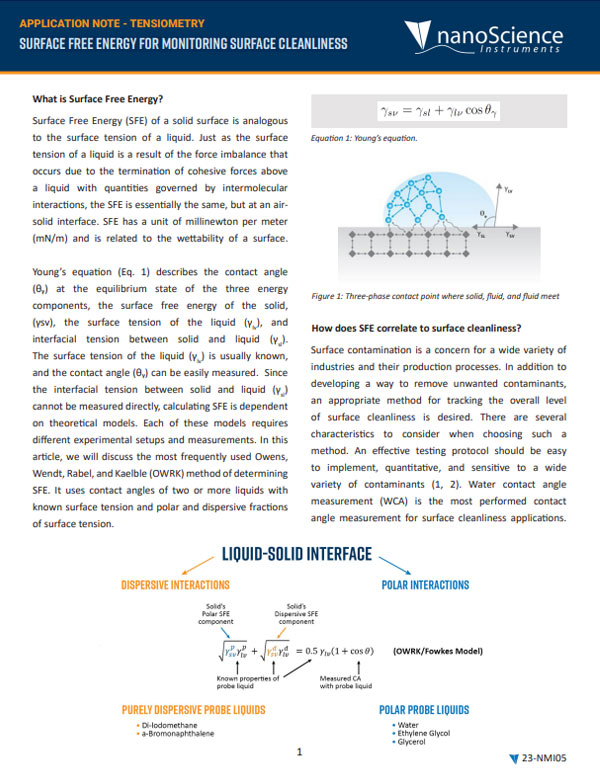
Surface Free Energy for Monitoring Surface Cleanliness
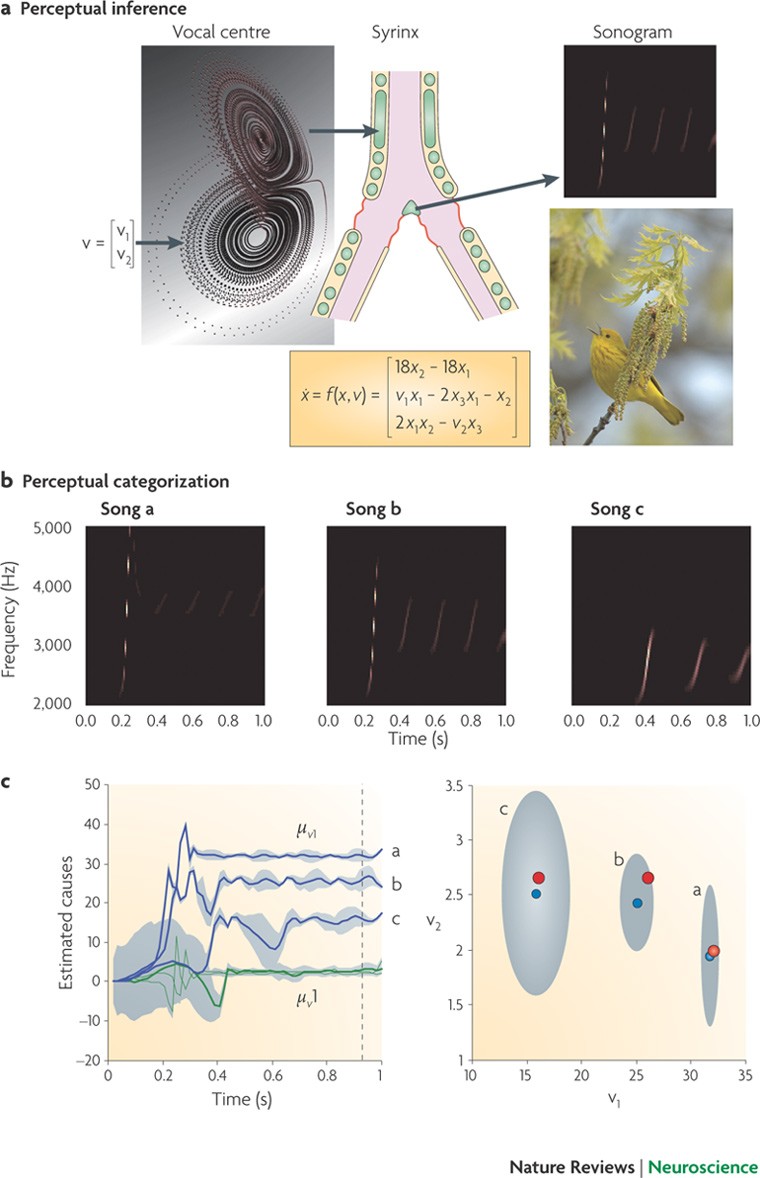
The free-energy principle: a unified brain theory?

Energy Text Stock Illustrations – 104,757 Energy Text Stock Illustrations, Vectors & Clipart - Dreamstime
Energies, Free Full-Text, pengguna kilo kilo no mi
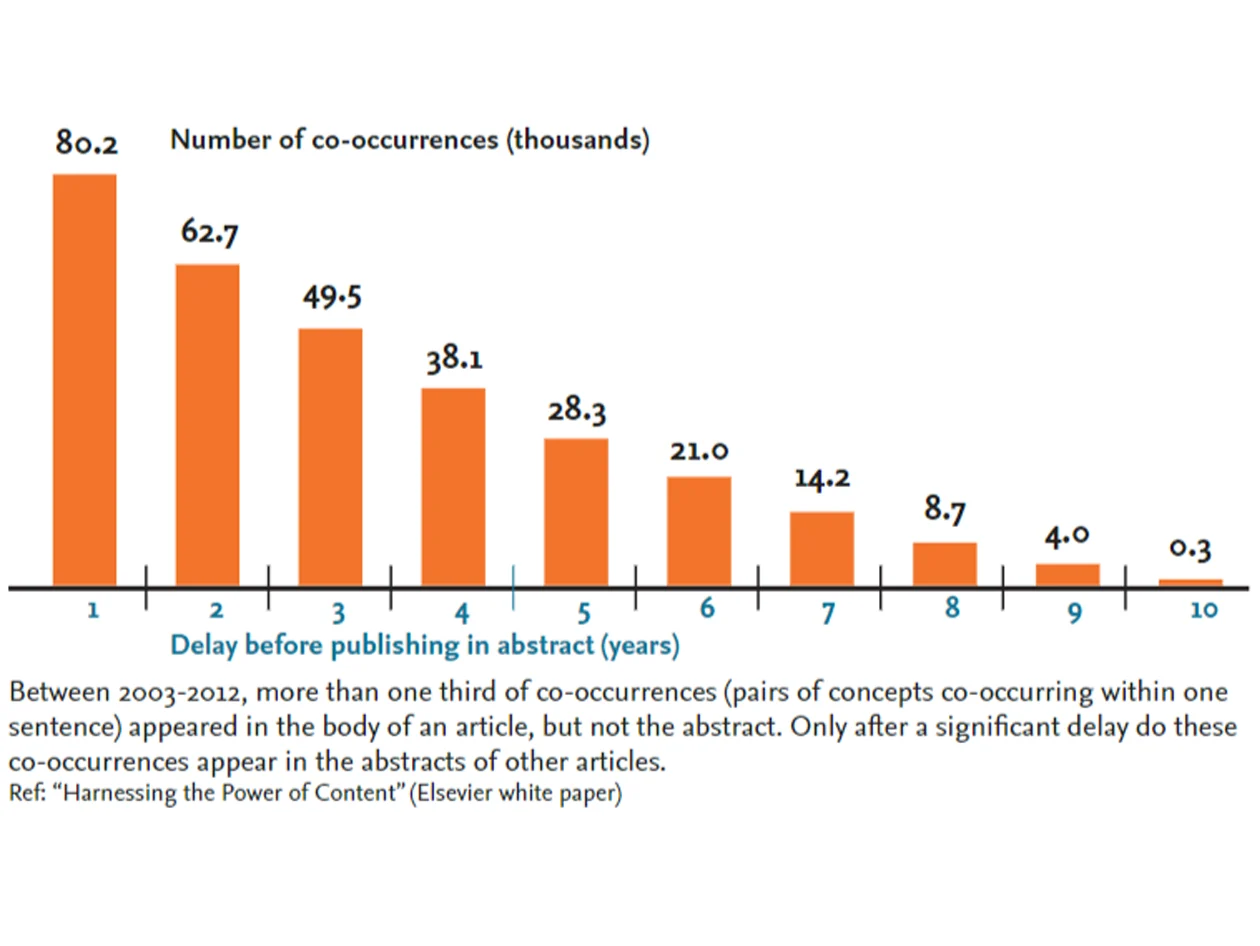
Energies, Free Full-Text, ghg emissions

Energies, Free Full-Text, underground roleplay ip
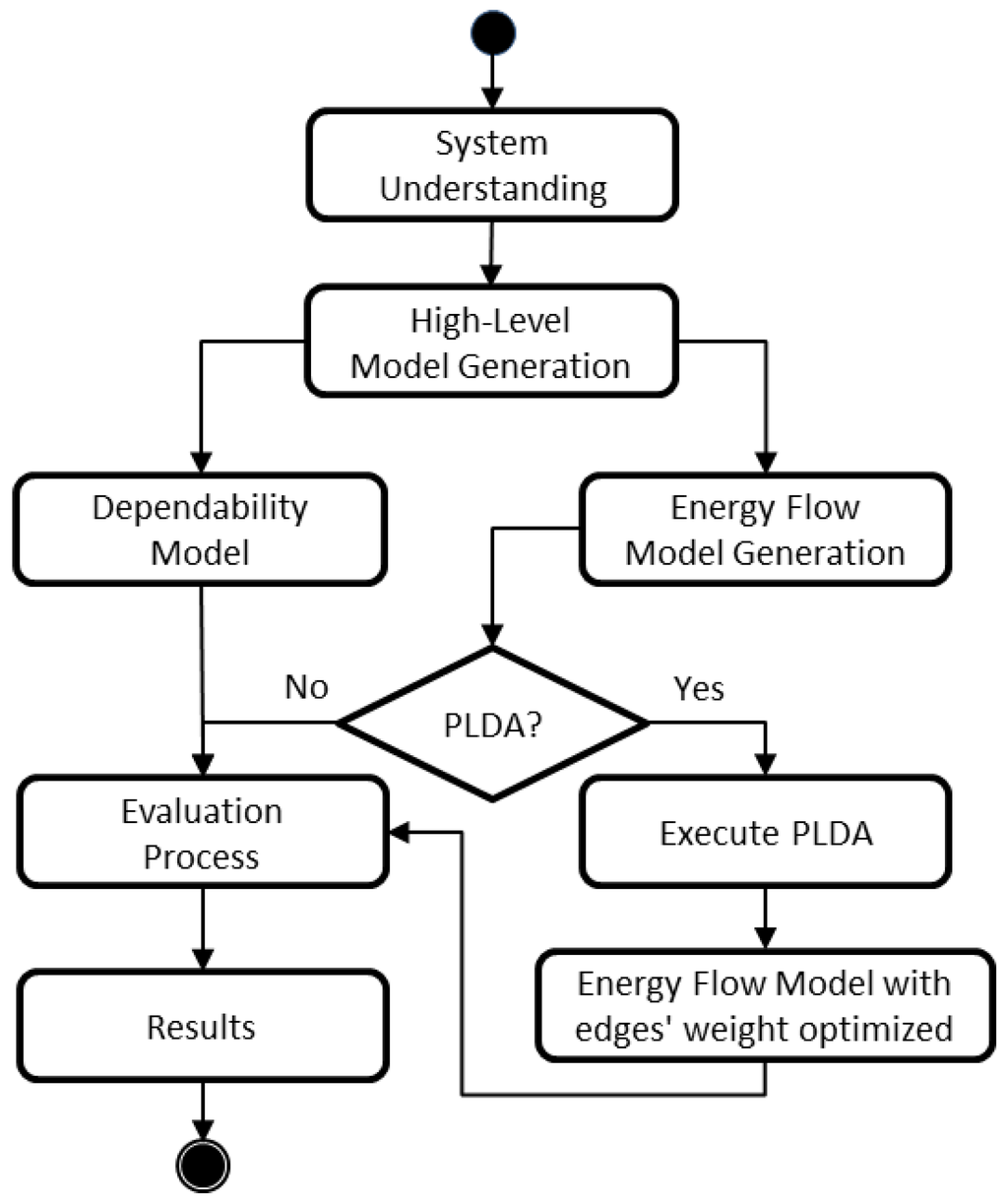
Energies, Free Full-Text
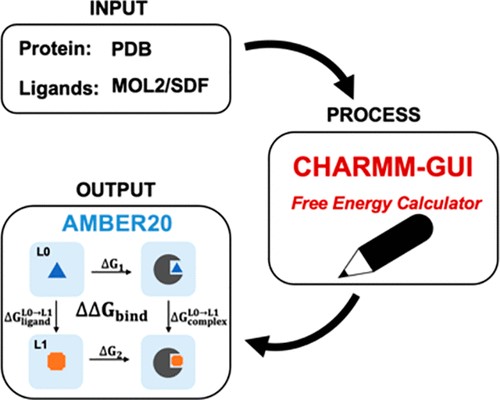
CHARMM-GUI Free Energy Calculator for Practical Ligand Binding Free Energy Simulations with AMBER
Energies, Free Full-Text, alpha zero campinas

Energy Full Editable Text Effect With Trendy Style PNG Images, EPS Free Download - Pikbest
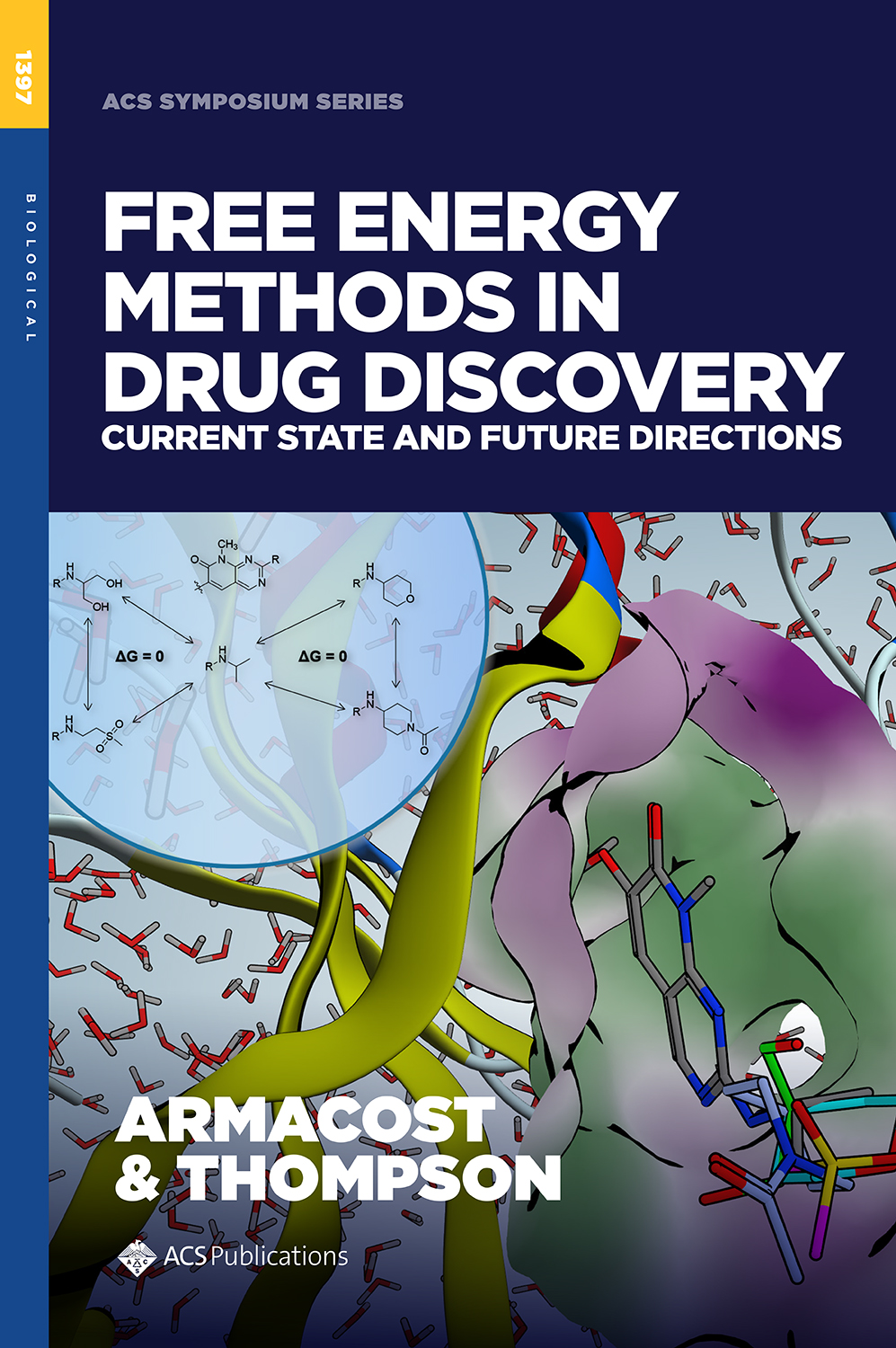
Free Energy Methods in Drug Discovery—Introduction

Calculation of Solvation Free Energies of Charged Solutes Using Mixed Cluster/Continuum Models

Energies, Free Full-Text, ghg emissions
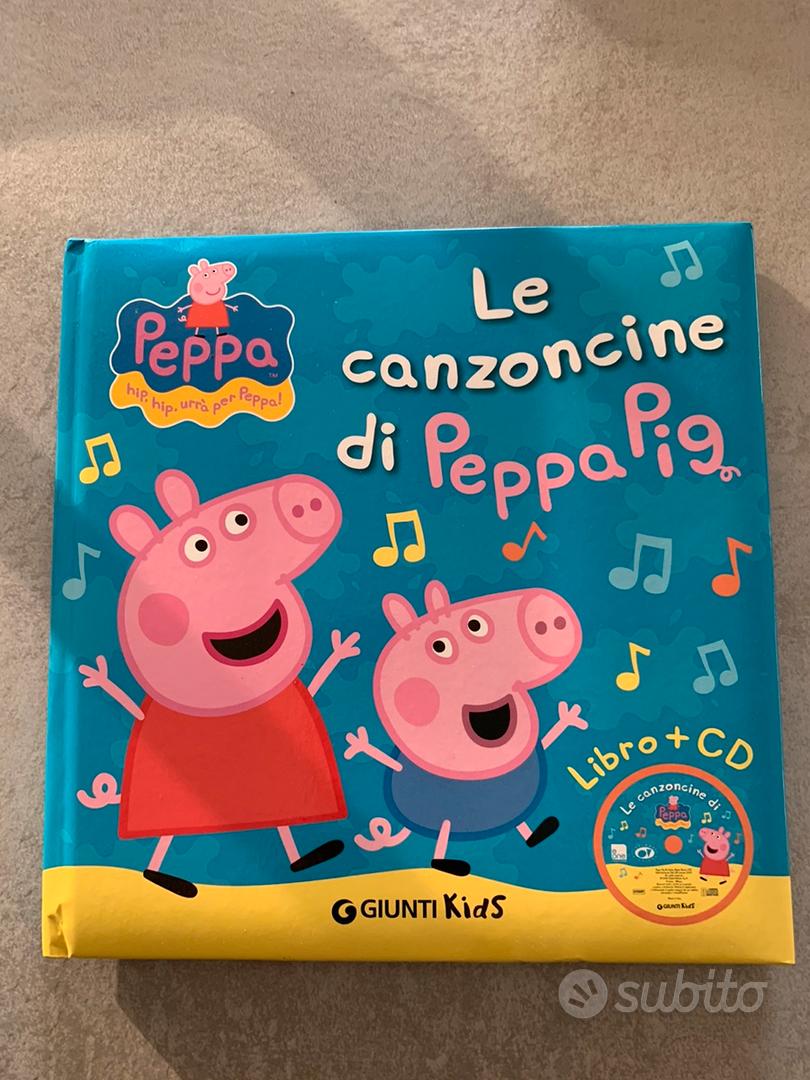


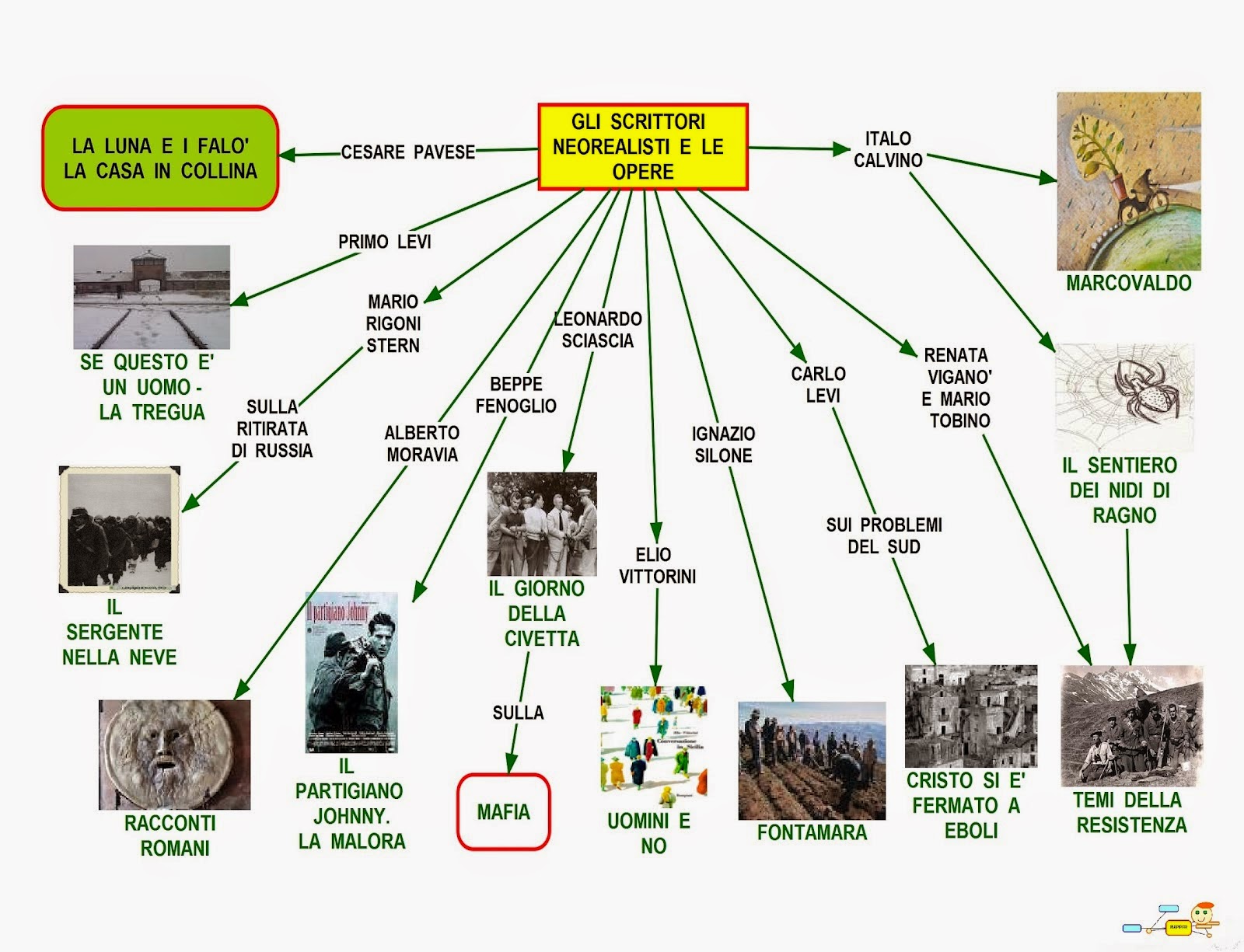


![SCOPRI LE OFFERTE ONLINE SU Forno a microonde Exquisit WP700J17-3 Superficie piana 20 L 1050 W Nero [0910125]](https://assets.sferaufficio.com/immagini/catalogo/gallery/98255161_8975627628.jpg)
